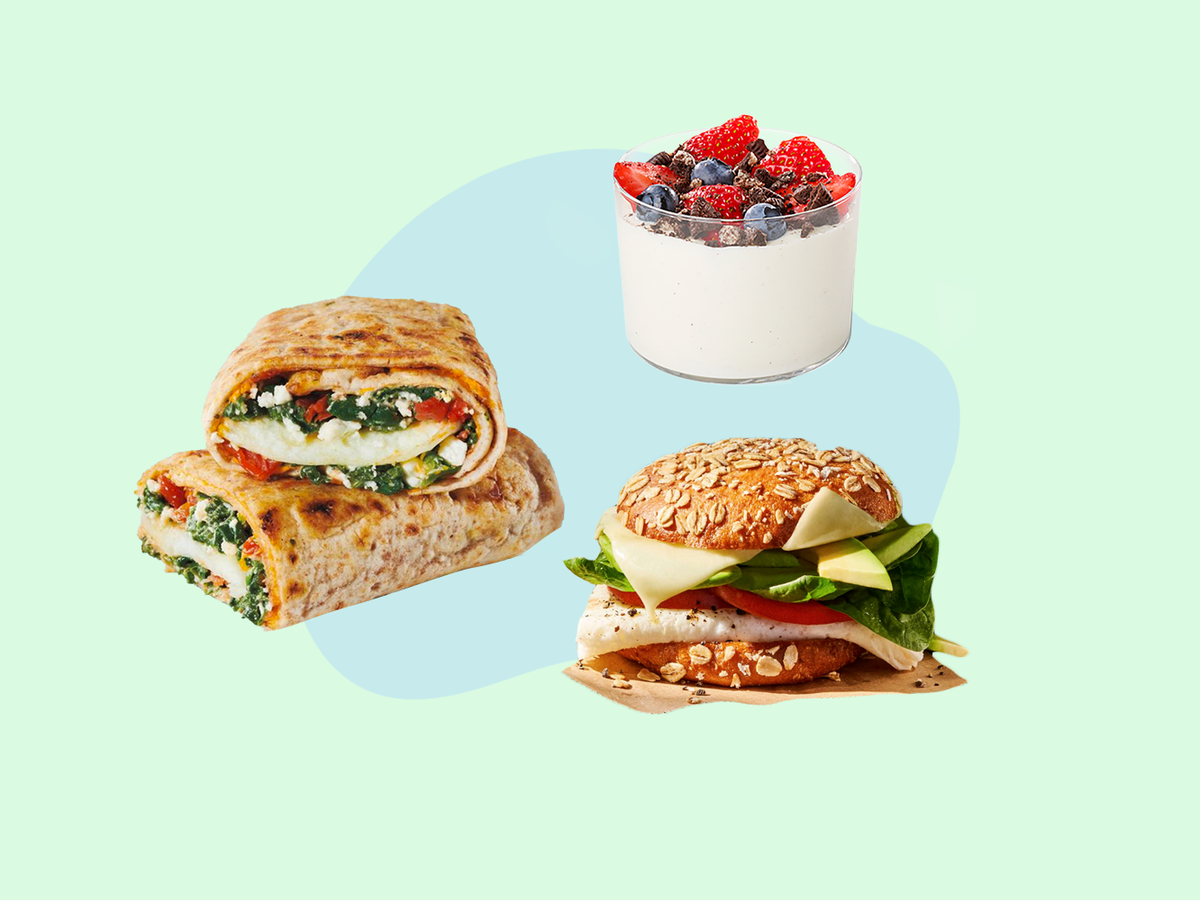Introduction
Fast food has become an integral part of modern life, offering quick and convenient meal options. However, understanding the nutritional information of these meals is crucial for maintaining a healthy diet. This article provides a comprehensive look at Fast food nutrition information, helping you make informed choices.
Overview of Fast Food Nutritional Components
Fast food meals are composed of various macronutrients and micronutrients, each contributing differently to overall health. Here’s a detailed look at these components:
Carbohydrates
Carbohydrates are a primary source of energy found in many fast food items. They are present in buns, bread, fries, and sodas. Fast food carbs are often simple carbohydrates, which are quickly digested and can lead to spikes in blood sugar levels. Complex carbohydrates, found in whole grains and vegetables, provide more sustained energy but are less common in fast food.
Proteins
Proteins are essential for building and repairing tissues. Fast food options like burgers, chicken nuggets, and sandwiches provide varying amounts of protein. The quality of protein can differ, with lean options like grilled chicken offering a healthier alternative to processed or fried meats.
Fats
Fats in fast food can be both beneficial and harmful. Healthy fats, such as those from avocados or nuts, are rare in fast food. Instead, these meals often contain high levels of saturated and trans fats from fried items and processed meats, which can negatively impact heart health.
Sodium
Sodium is commonly used in fast food to enhance flavor and preserve freshness. However, high sodium intake is associated with hypertension and cardiovascular diseases. Many fast food meals contain excessive amounts of sodium, often exceeding daily recommended limits in a single serving.
Sugars
Added sugars are prevalent in fast food, particularly in beverages and desserts. High sugar consumption can lead to weight gain, insulin resistance, and increased risk of type 2 diabetes. Soft drinks, milkshakes, and desserts are major sources of added sugars.
Vitamins and Minerals
Fast food generally lacks essential vitamins and minerals. While some items may contain small amounts of nutrients like calcium, iron, and vitamin C, they are often overshadowed by high calorie counts and unhealthy components.
Common Fast Food Items and Their Nutritional Profiles
Understanding the nutritional profiles of popular fast food items can help you make healthier choices.
Burgers and Sandwiches
Burgers and sandwiches vary widely in nutritional content. A basic hamburger may have around 250 to 300 calories, while a double cheeseburger with bacon and mayo can exceed 900 calories. Leaner options like grilled chicken sandwiches typically have fewer calories and less fat.
French Fries
French fries are a common side dish but are high in calories and fats. A medium serving of fries contains approximately 300 to 400 calories, while larger portions can exceed 500 calories. Opting for smaller sizes or sharing can help control calorie intake.
Pizzas
Fast food pizzas vary in nutritional content based on toppings and crust type. A slice of cheese pizza typically contains 200 to 300 calories, while specialty pizzas with extra cheese, meats, or stuffed crusts can range from 300 to 500 calories per slice.
Fried Chicken
Fried chicken meals often include chicken pieces, biscuits, and sides like mashed potatoes. A single piece of fried chicken can contain 200 to 400 calories, depending on its size and whether it’s breaded. Full meals can easily surpass 1,000 calories.
Salads
While salads are often seen as a healthier choice, their nutritional value can vary. Salads with grilled chicken, light dressings, and plenty of vegetables are nutritious. However, those with creamy dressings, cheese, and fried toppings can be high in calories and fats.
Health Implications of Fast Food Consumption
Regular consumption of fast food can have several negative health implications due to its nutritional composition.
Obesity and Weight Gain
Fast food’s high calorie content and low nutritional value contribute to obesity and weight gain. Large portion sizes and frequent consumption can create an energy imbalance, leading to increased body fat.
Cardiovascular Health
High levels of saturated fats, trans fats, and sodium in fast food can adversely affect cardiovascular health. Regular consumption can raise cholesterol levels, increase blood pressure, and elevate the risk of heart disease and stroke.
Diabetes and Metabolic Syndrome
The high sugar and refined carbohydrate content in fast food can lead to insulin resistance, increasing the risk of type 2 diabetes and metabolic syndrome. Sugary beverages and desserts exacerbate this risk.
Nutritional Deficiencies
Relying heavily on fast food can result in deficiencies in essential nutrients like fiber, vitamins, and minerals. This can compromise immune function, digestion, and overall health.
Tips for Making Healthier Fast Food Choices
Despite the challenges, making healthier choices at fast food restaurants is possible with some awareness and planning.
Check Nutritional Information
Many fast food chains provide nutritional information online, on apps, or in-store. Use this information to select lower-calorie, lower-fat options.
Choose Grilled Instead of Fried
Opt for grilled items over fried ones to reduce fat and calorie intake. Grilled chicken sandwiches and salads with grilled proteins are better choices.
Control Portion Sizes
Select smaller portion sizes or share meals to manage calorie intake. Avoid “super-sized” options, which significantly increase calorie counts.
Add More Vegetables
Incorporate more vegetables into your meals by choosing salads, adding extra veggies to sandwiches, or opting for veggie-based sides.
Limit Sugary Drinks
Replace sugary sodas and milkshakes with water, unsweetened iced tea, or low-calorie beverages to reduce sugar and calorie intake.
Be Mindful of Sauces and Dressings
Request sauces and dressings on the side and use them sparingly to control added fats and sugars. Opt for vinaigrettes instead of creamy dressings.
Conclusion
Understanding the nutritional information of Food nutrition labels is essential for making healthier dietary choices. While fast food offers convenience and affordability, its high calorie, fat, sugar, and sodium content can pose significant health risks when consumed frequently. By making mindful choices, such as opting for grilled items, controlling portion sizes, and incorporating more vegetables, consumers can enjoy fast food in moderation without compromising their health.
FAQs
What are the healthiest options at fast food restaurants?
Healthier options include grilled chicken sandwiches, salads with vinaigrette dressings, and side items like fruit cups or steamed vegetables. Avoid fried items and sugary drinks.
How can I reduce my calorie intake at fast food restaurants?
To reduce calorie intake, opt for smaller portion sizes, avoid high-calorie add-ons like cheese and bacon, and skip sugary beverages. Choose water or low-calorie drinks instead.
Are there any nutritious fast food items?
Some fast food items can be nutritious if chosen wisely. Grilled chicken salads, veggie wraps, and whole grain sandwiches with plenty of vegetables are good options.
What should I avoid when trying to eat healthy at fast food restaurants?
Avoid fried foods, large portion sizes, sugary drinks, and items with high levels of sodium and saturated fats. Choose grilled, baked, or steamed items instead.
Can fast food fit into a balanced diet?
Yes, fast food can fit into a balanced diet when consumed in moderation and with careful selection of healthier options. It’s important to balance fast food with nutrient-dense meals and regular physical activity.



































